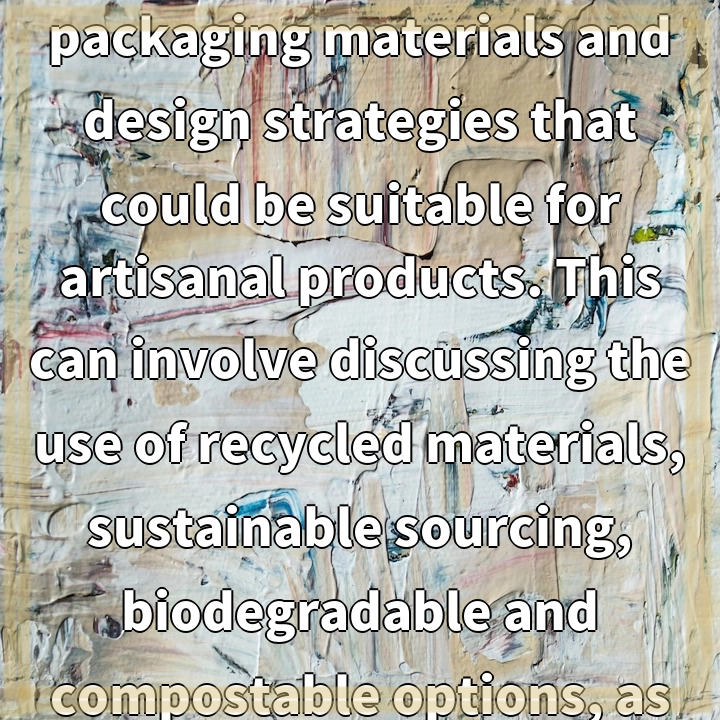
What it is:
Eco-friendly innovations in hair care refer to the development and implementation of sustainable practices and products within the hair care industry. It involves finding alternative solutions that minimize harm to the environment, promote ethical sourcing and production methods, and prioritize the health and well-being of both consumers and the planet.
Real-World Problems:
Addressing the environmental impact of hair care products and practices is crucial due to several significant challenges:
1. Chemical Pollution:
Traditional hair care products often contain harmful chemicals such as sulfates, parabens, and phthalates. These substances can be detrimental to aquatic life once they are washed down the drain and end up in water bodies. They can also contribute to air pollution during manufacturing and use, posing health risks to humans and the environment.
2. Water Consumption:
Another issue is the excessive consumption of water during hair care routines and in the production of certain products. This unsustainable water usage can strain local water resources, especially in areas experiencing water scarcity or drought conditions.
3. Plastic Waste:
The beauty industry, including hair care, generates massive amounts of plastic waste. From shampoo and conditioner bottles to styling product containers, much of this plastic ends up in landfills or pollutes our oceans. Developing eco-friendly packaging alternatives and encouraging recycling initiatives are necessary to mitigate this problem.
4. Animal Testing:
In the past, hair care products have often been tested on animals to ensure their safety. However, this practice raises ethical concerns and causes unnecessary harm to animals. Shifting toward cruelty-free testing methods and promoting products that are not tested on animals are essential steps towards a sustainable future in hair care.

Solutions for Eco-Friendly Innovations in Hair Care:
1. Green Ingredients and Formulations:
One solution is to develop hair care products using natural and organic ingredients. This includes avoiding harmful chemicals and embracing plant-based alternatives that are gentle on both the hair and the environment. Companies can invest in research and development to create effective yet eco-friendly formulations.
2. Sustainable Packaging:
To reduce plastic waste, the hair care industry can adopt sustainable packaging solutions. This includes using recyclable materials, such as aluminum or glass, and exploring innovative packaging designs that minimize the use of plastics. Encouraging consumers to recycle these containers can further reduce the environmental impact.
3. Water Conservation:
Raising awareness about water conservation in hair care routines is crucial. Simple measures, such as reducing the time spent in the shower and using water-saving devices like low-flow showerheads, can significantly minimize water consumption. Additionally, companies can develop water-efficient products that require less water during use.
4. Ethical Sourcing and Manufacturing:
Hair care brands can prioritize ethical sourcing of ingredients that promote environmental and social sustainability. This can involve supporting fair trade practices, partnering with suppliers who prioritize sustainable farming and harvesting methods, and ensuring transparency in the supply chain. Implementing eco-friendly manufacturing processes can also minimize pollution and energy consumption.
5. Cruelty-Free Testing:
Moving away from animal testing is crucial in promoting ethical and sustainable hair care practices. Brands can choose to verify the safety of their products through alternative, cruelty-free testing methods, such as in vitro testing or computer modeling. Additionally, supporting and promoting certifications like Leaping Bunny can guide consumers towards hair care products that are not tested on animals.















